New Alzheimer’s Drug Candidate, Curbs Inflammation and Enhances Cognition

22 September 2023
Scientists at MIT's Picower Institute have developed a promising drug candidate, A11, targeting Alzheimer’s disease. The new drug has shown potential in reducing inflammation and enhancing memory in preclinical tests. A11’s unique mechanism could complement existing Alzheimer’s treatments, representing a significant stride in developing therapies for neurodegenerative disorders.
The study, published in the Journal of Experimental Medicine, revealed A11 as a potent molecule after screening over 58,000 compounds. The drug was tested on three mouse strains, each modeling different aspects of Alzheimer’s disease. The results were promising; A11-treated mice exhibited reduced inflammation, decreased amyloid, and improved cognitive performance.
The innovative A11 molecule targets a genetic transcription factor known as PU.1, which has been identified as a catalyst for inflammatory gene expression in the brain’s microglia immune cells during Alzheimer’s. The drug works by suppressing the overactive PU.1, thereby reducing inflammation and preserving neurons, which has shown to enhance cognition in preclinical tests involving human cell cultures and Alzheimer’s mouse models.
“Inflammation is a major component of Alzheimer’s disease pathology that has been especially hard to treat. This preclinical study demonstrates that A11 reduces inflammation in human microglia-like cells, as well as in multiple mouse models of Alzheimer’s disease, and significantly improves cognition in the mice. We believe A11 therefore merits further development and testing” says study senior author Li-Huei Tsai, Picower Professor of Neuroscience at MIT.
The research, builds on previous studies that implicated PU.1 in regulating inflammation in Alzheimer’s. The team embarked on a meticulous screening process, sifting through over 58,000 small molecules, including FDA-approved drugs and novel chemicals, to identify those capable of safely reducing inflammation and Alzheimer’s-related genes regulated by PU.1. A11 emerged as the most potent candidate.
In-depth lab tests revealed that A11 does not alter PU.1 levels but counteracts its activity by recruiting several proteins known to repress the expression of its targets. This novel mechanism ensures a controlled state of microglial inflammation, making A11 a first-in-class molecule.
The researchers conducted pharmacological tests to confirm A11’s ability to reach brain cells and cross the blood-brain barrier. The drug was tested on three different mouse strains, each modeling different aspects of Alzheimer’s disease. The results were promising, with A11-treated mice showing less inflammatory response, reduced amyloid, and improved cognitive performance in maze tests designed to assess short-term working memory and longer-term learning.
While A11 has shown considerable promise, Tsai notes that extensive testing is still required before it can be approved as a medicine. However, its distinct mechanism offers hope that it could complement existing Alzheimer’s treatments. “Given that A11 acts via a distinct mechanism from existing AD therapeutics, A11 could be used alone or in combination with approved therapeutics to provide improved treatment options for neurodegenerative diseases,” the authors concluded.
This groundbreaking study uncovers a new class of anti-inflammatory molecules with therapeutic potential, bringing hope to millions affected by Alzheimer’s disease and other neurodegenerative disorders.
Abstract of the research
A novel molecular class that recruits HDAC/MECP2 complexes to PU.1 motifs reduces neuroinflammation
Pervasive neuroinflammation occurs in many neurodegenerative diseases, including Alzheimer’s disease (AD). SPI1/PU.1 is a transcription factor located at a genome-wide significant AD-risk locus and its reduced expression is associated with delayed onset of AD. We analyzed single-cell transcriptomic datasets from microglia of human AD patients and found an enrichment of PU.1-binding motifs in the differentially expressed genes. In hippocampal tissues from transgenic mice with neurodegeneration, we found vastly increased genomic PU.1 binding. We then screened for PU.1 inhibitors using a PU.1 reporter cell line and discovered A11, a molecule with anti-inflammatory efficacy and nanomolar potency. A11 regulated genes putatively by recruiting a repressive complex containing MECP2, HDAC1, SIN3A, and DNMT3A to PU.1 motifs, thus representing a novel mechanism and class of molecules. In mouse models of AD, A11 ameliorated neuroinflammation, loss of neuronal integrity, AD pathology, and improved cognitive performance. This study uncovers a novel class of anti-inflammatory molecules with therapeutic potential for neurodegenerative disorders.


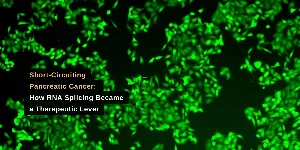

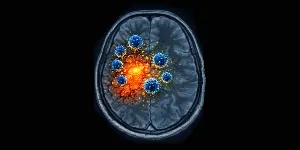
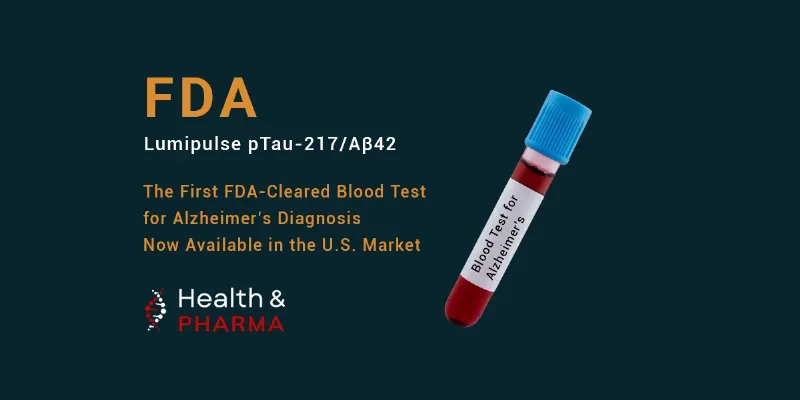

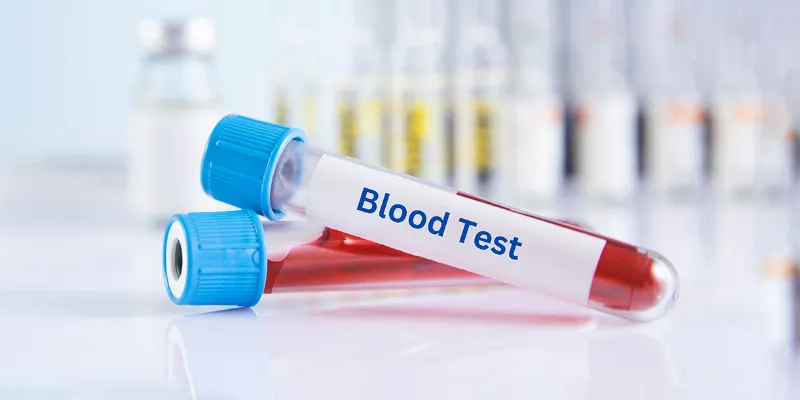


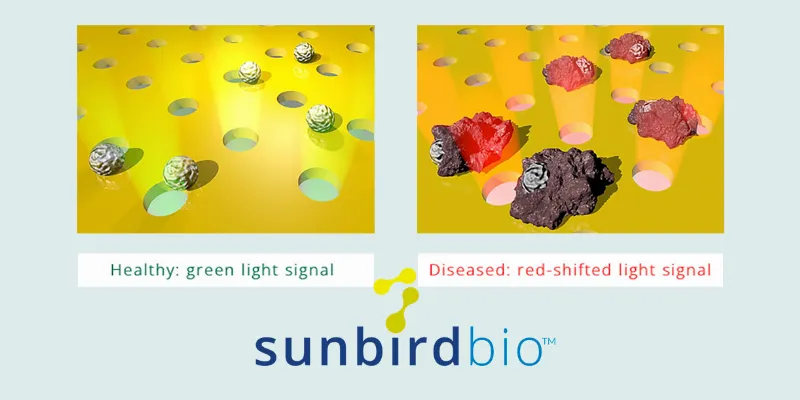
Comments
No Comments Yet!